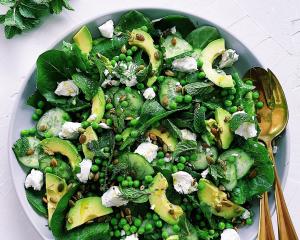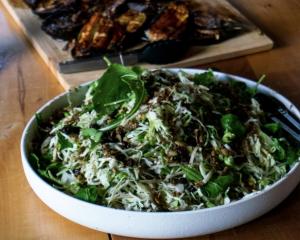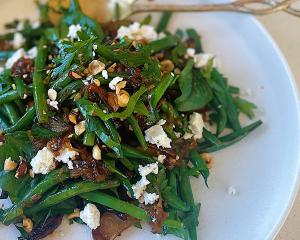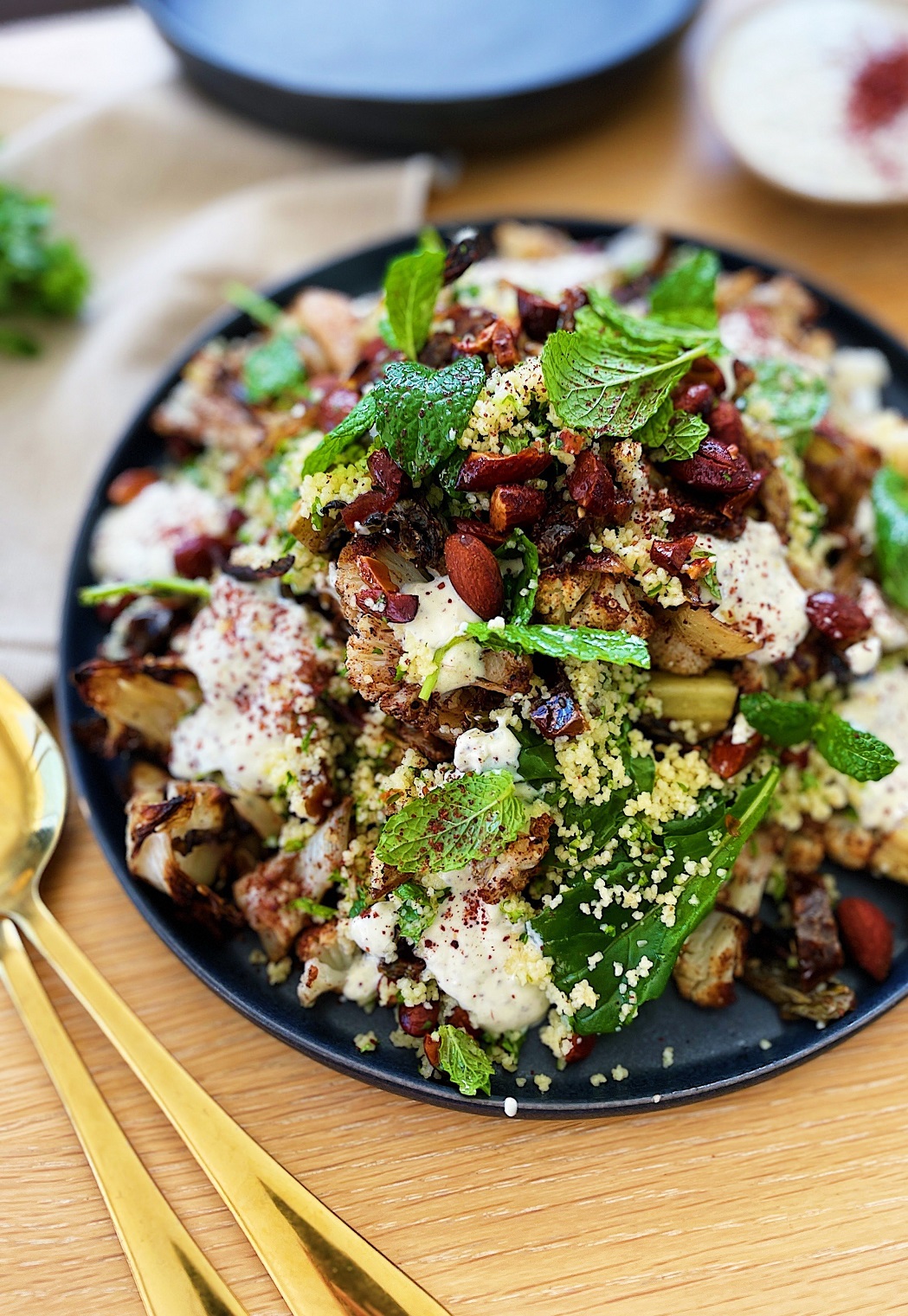

I regularly gravitate to this influence of flavour and cooking methods in my kitchen. Although some ingredients may not get here, most are becoming more and more common, thanks to the Ottolenghi phenomenon in the mainstream and greater access to exploring other cultures.
Indulging in other cultures and cuisines and buying spice blends or different ingredients allows the exploration and joy of cooking to stay alight.
Curiosity is paramount to expanding your culinary toolkit. Little by little, we can keep adding new techniques, different ways of cooking, and flavours you use and grow to trust. This will come naturally for some, but for others, it may not. For those who lack the confidence to try or worry you won’t enjoy something different, I invite you to explore - what’s the worst that could happen? Perhaps you don’t like it, or it didn’t work how it should have. But what’s the best that could happen? Maybe you find a new favourite dish, learn a new technique, or find many ways to use something you have had in your pantry for months.
Let’s turn your classic Sunday roast into this Greek-style roasted lamb. This is the only way I cook a lamb leg now. It falls off the bone and the flavours are phenomenal while pairing perfectly with any side dishes. Roasted cauliflower is a go-to in my salads; adding a fragrant spice blend like za’atar gives the salad the lift it needs. You can purchase these at Middle Eastern shops and specialty supermarkets or I make my own blend, which I sell. . And lastly, Labneh is very simple and very satisfying to make. Give this a go - you will find any and every way to use it on grazing boards, with your savoury breakfasts, on salads, pizza and sandwiches, or perhaps spread on a pitta, topped with Greek roasted lamb, a spoonful of za’atar roast cauliflower salad and some pickled red onions.
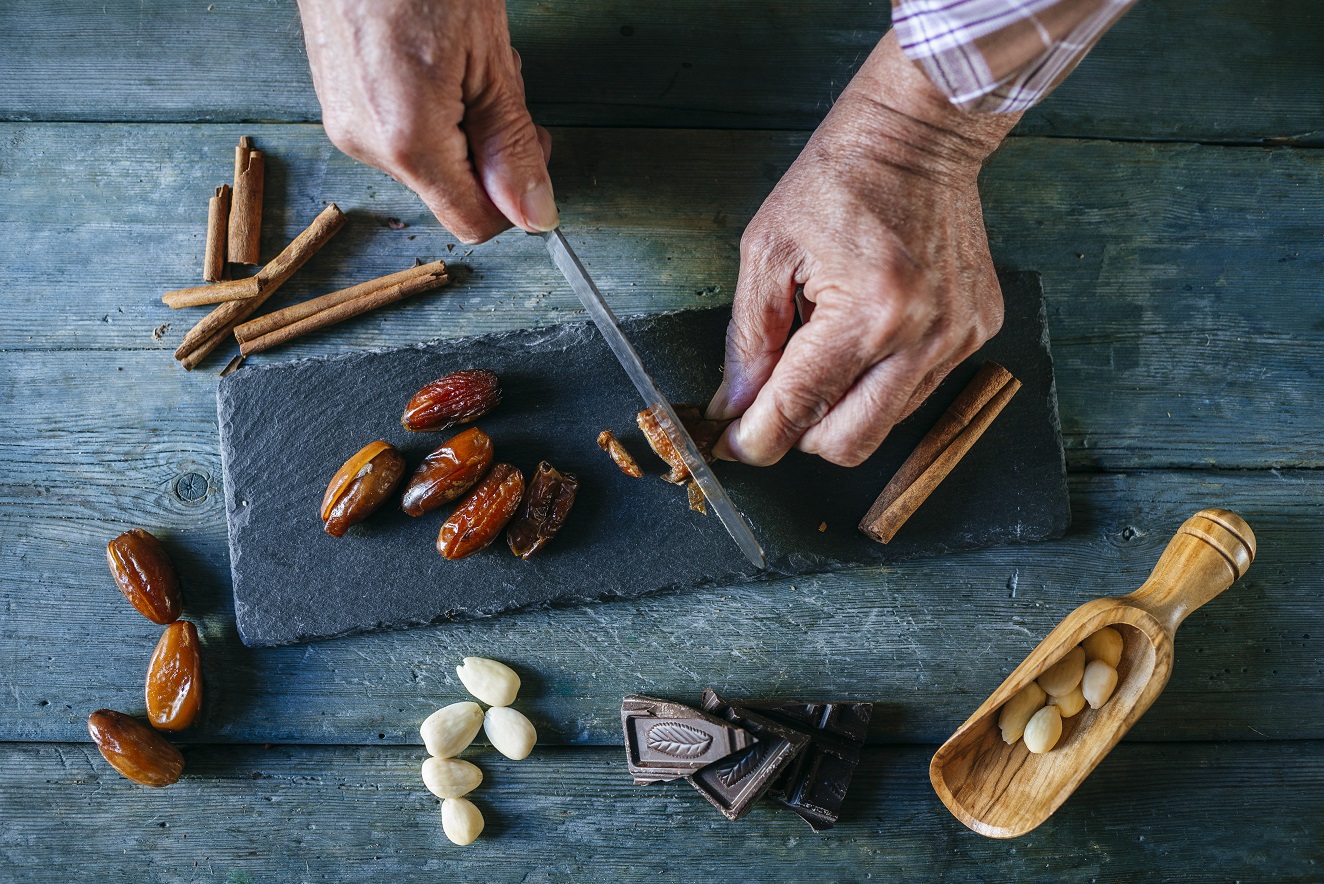 Za’atar roasted cauliflower and couscous salad with dates, almonds and sumac yoghurt
Za’atar roasted cauliflower and couscous salad with dates, almonds and sumac yoghurt

Serves 4-6
Gluten-Free Alternatives: Swap cooked couscous for 1 cup of cooked quinoa or 1 can of brown lentils, drained
½ large cauliflower, roughly chopped (leaves included)
2 small brown onions, peeled and sliced into 1cm wedges
¼ cup olive oil
2 Tbsp za’atar
½ cup couscous
A handful of dried pitted dates
A handful of toasted almonds
A large handful of each, parsley and mint leaves
A handful of baby spinach
Salt and pepper
Dressing:
3 Tbsp white wine or red wine vinegar
6 Tbsp olive oil
½ tsp honey
1 tsp Dijon mustard
A good pinch of sea salt
Sumac yoghurt:
¾ cup Greek-style yoghurt
1 garlic clove, crushed
1 tsp sumac
Juice of ½ lemon
1 Tbsp extra virgin olive oil
¼ tsp sea salt
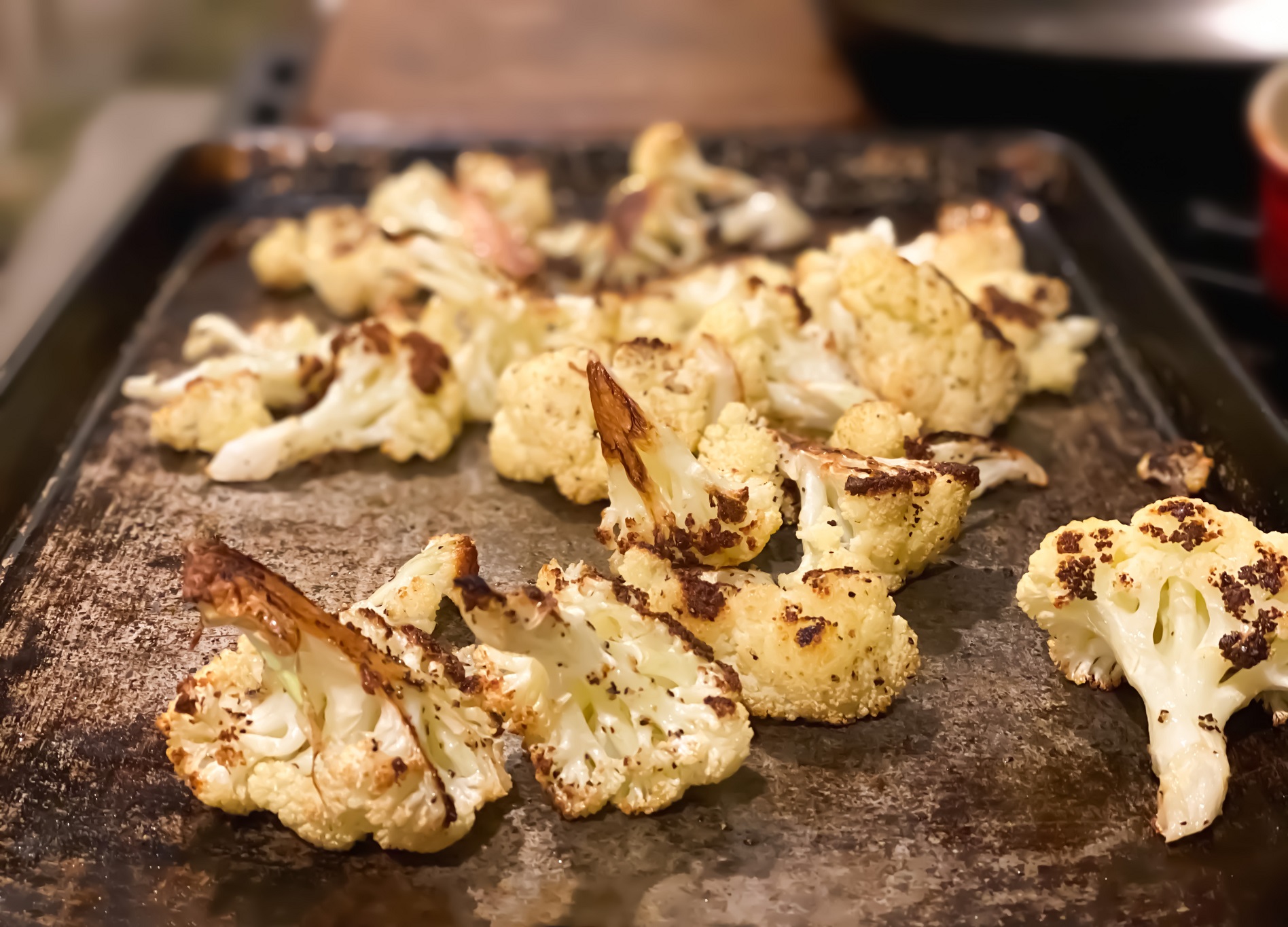
Method
Preheat the oven to 220°C and line a baking tray with parchment paper.
Combine the chopped cauliflower, onion, za’atar and ¼ cup of olive oil in a large bowl, season with salt and pepper and transfer to the prepared baking tray.
Bake for 20-25 minutes, then set aside to cool.
Boil the kettle. Measure couscous into a medium bowl with ½ a cup of boiling water and ¼ tsp sea salt. Cover with a large plate and leave for 5 minutes. Remove the plate and fluff the couscous with a fork, and then allow to cool.
Mix all ingredients for the dressing in a small bowl with a fork.
Mix all ingredients for the sumac yoghurt in a small bowl with a fork.
Roughly chop dates, toasted almonds and herbs and place into a large bowl. Remove a small handful of the date/herb mixture and set aside for garnishing the salad.
Add cooked couscous, spinach and the salad dressing to the dates, mix, and season to taste with salt and pepper.
Assemble the salad using a large salad plate. Place half of the couscous salad across the plate, layer with half the roasted cauliflower and onions and dollop half of the sumac yoghurt on top, and repeat in the same order.
Garnish the salad with reserved almonds, dates and herbs on top. Serve with Greek roasted lamb.
Salad keeps for up to 3 days in the fridge.
 Labneh
Labneh

Makes 1-2 cups
Labneh is a hung yoghurt, removing excess whey to create a thick, spreadable yoghurt. A great addition to cheese boards and savoury breakfasts, it is used as a dip or a dinner condiment. Alternatively, add 2 tablespoons of honey and serve on porridge or with dessert.
700g plain unsweetened yoghurt
¾ tsp table salt
A large piece of fine cheesecloth
To serve:
Extra virgin olive oil for drizzling
1 tbsp za’atar
Method
In a medium bowl, mix together the yoghurt and salt.
Scoop the mixture into the centre of the cheesecloth (or double layer it if it is not a fine cloth; no yoghurt should be squeezed out, only whey liquid).
Tie the cloth around a wooden spoon and sit the spoon over a deep bowl so that the yoghurt is hanging and there is at least a 5cm gap between the yoghurt and the bottom of the bowl.
Transfer to your fridge and chill overnight. You can leave it to hang for 12-48 hours. The longer it is left the thicker your labneh will be.
To shape your labneh into a ball, un-tie it from the wooden spoon and squeeze it inside the cheesecloth into a ball shape, twisting the top of the cheesecloth to make it tight. Hold the bottom of the labneh in the cheesecloth and, peel back the cheesecloth, tip the labneh ball into a shallow bowl. Drizzle with extra virgin olive oil and sprinkle with za’atar.
Serve with fresh focaccia or as part of a grazing board. Alternatively, you can spread labneh on a plate and top it with either roasted tomatoes and garlic, crispy spuds and chilli oil or olive oil or zaatar and chopped nuts to serve with vegetable crudites.
Keep for up to 2 weeks in a sealed container in the fridge.
 Greek roasted lamb
Greek roasted lamb

Serves 6-8
Suitable for GF, DF
1.5kg-2.5kg lamb shoulder, bone-in
3 Tbsp olive oil
4 Tbsp dried oregano
2 Tbsp dried mint
6 Tbsp Dijon mustard
6 cloves garlic, finely chopped
Salt and pepper
⅓ cup red wine vinegar
Juice of a lemon
⅓ cup white wine
1½ cups chicken stock or bone broth
Method
Preheat your oven to 175°C.
Combine olive oil, dried oregano and mint, Dijon mustard, garlic and a good grind of salt and pepper in a small bow with a fork.
Using a sharp knife, make deep slits about 5cm apart across the lamb on both sides of the leg.
Transfer the lamb leg to a large deep-sided roasting dish, and evenly rub the mustard herb mixture all over the lamb, pushing it into the slits.
Combine the red wine vinegar, lemon juice, white wine and chicken stock in a measuring jug, and gently pour the liquid over the lamb without washing off the herb rub.
Cover the lamb with baking paper, pushing the baking paper down the sides so it will be sealed in the roasting dish and then cover it in tin foil, ensuring the roasting dish is tightly sealed.
Roast the lamb for 5-6 hours until the meat is pulling away from the bone; check the lamb after 4 hours in case the liquid has evaporated; if so, add an extra ¾ cup of water.
Once cooked, remove from the oven and allow it to rest, still covered, for 20 minutes before pulling the meat off the bone and mixing through the cooking liquid. Serve with za’atar roast cauliflower and couscous salad or in flatbreads with labneh, cucumber, mint and pickled red onions.







